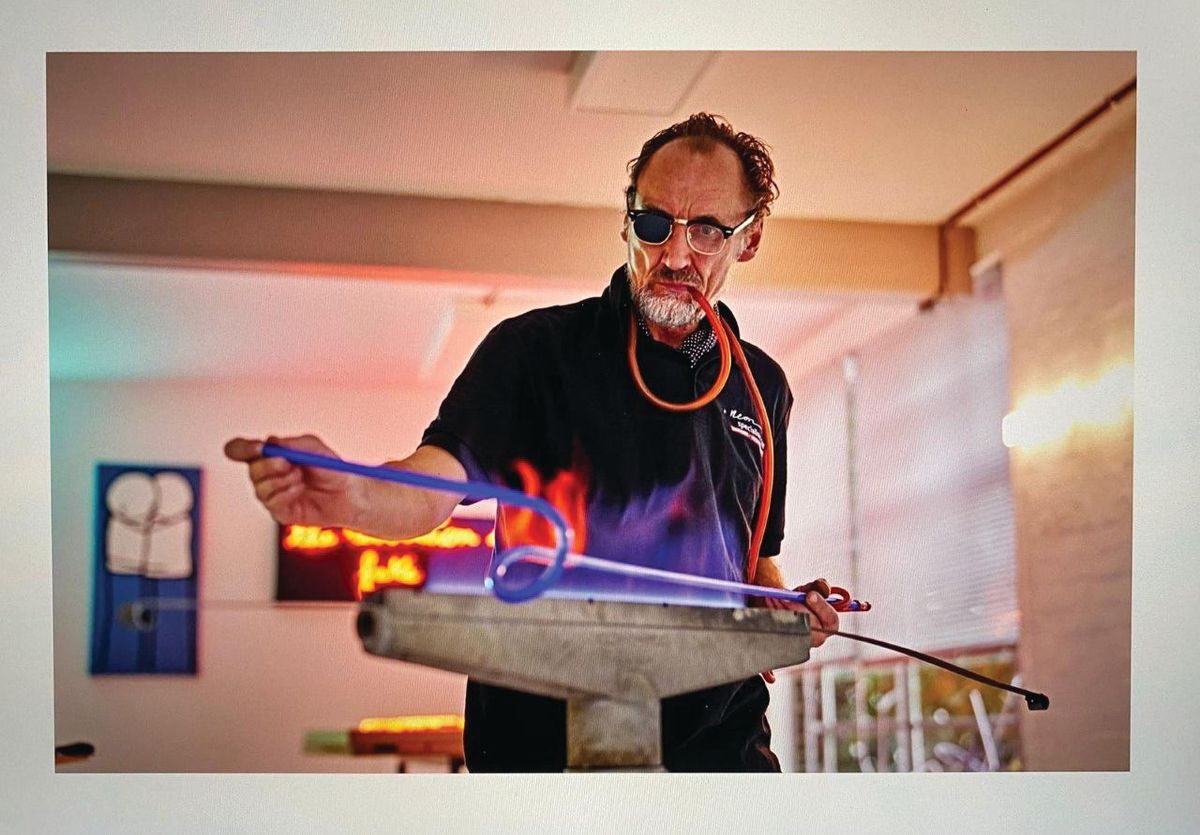Among the more obscure aspects of the Brexit negotiations was the question of lighting. Artists from Dan Flavin and Bruce Nauman to Tracey Emin and Olafur Eliasson make extensive use of light in their works, in the form of fluorescent bulbs and, in particular, neon tubing, which contains mercury.
The EU’s ecodesign regulations for lighting, which are due to replace the existing rules in September, aim to stop the sale of products that do not meet energy efficiency and safety standards. Most halogen lamps and the traditional fluorescent tube lighting, which are common in offices, will be phased-out from September 2023.
So does this mean that a Tracey Emin neon, for instance, might also be banned under EU law? Or will the UK rejects these new regulations and so becomes friendlier for such works?
Accidental extinction
Lighting designer Rob Halliday, who has worked with Eliasson, is part of a team put together by the Association of Lighting Designers to deal with entertainment lighting and the new EU regulations. He says: “I suspect there isn’t anything in the regulations saying neon is banned. It’s just a question of whether it becomes banned almost by accident because of the way the rules are written. It’s unclear whether the regulations apply to custom or hand-made products [like an Emin neon].”

Spectrum squeeze: it is unclear whether new EU rules that limit the use of mercury in lighting will apply to artists’ neon works—neon is naturally red, and other gases such as mercury are added to create different colours Nathaniel Noir/Alamy Stock Photo
“But the UK seems to have just realised that because the rules were not in place when Brexit happened, they will not become part of UK law.”
There is an ecodesign consultation on the UK government website that runs until 27 January and Halliday says that UK-based artists using neon, or their galleries, should take a look at it.
Kerry Ryan, the founder of Neon Specialists, which produces custom-made neon art for a wide range of artists, is categorical, however. “I guarantee 100% that neon will never be banned,” he told us as he was driving to Las Vegas, where he was going to look at what he called a “graveyard of disused neon”.
The reason, he says, is that only lighting under 1,000 volts will be included in the new regulations. Neon and argon, which operate above and beyond 1,000 volts, and permanent installations (not throw-away bulbs) are not mentioned in the regulations.
Neon uses only minuscule amounts of mercury, far less than phones, Ryan says. As far as he is concerned, neon—which has been around for 110 years—is safe, in more ways than one.


